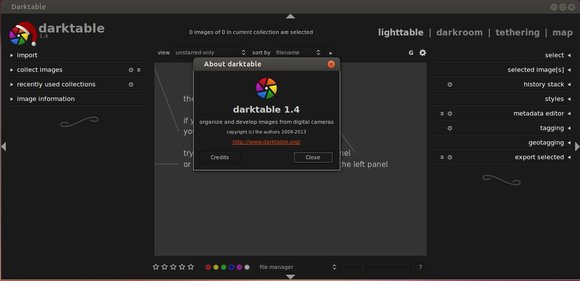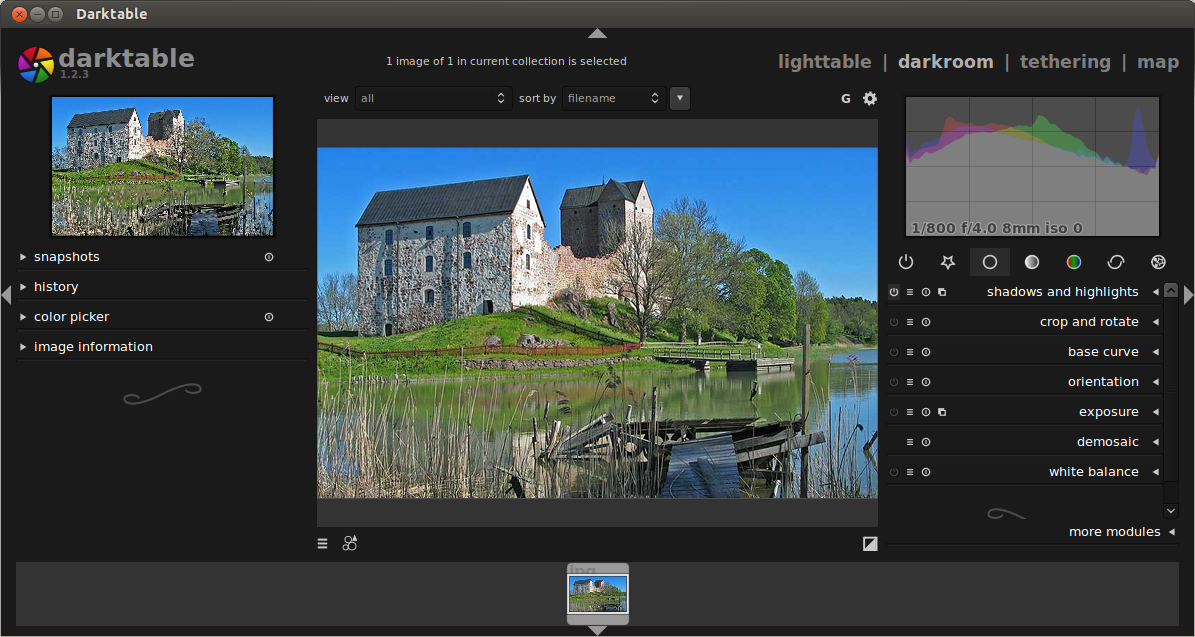
I was lucky - got a very rare, very deeply discounted price for C120 perpetual license and the new v21 is nothing to upgrade for. Paul has another video on how to dehaze without a dehaze tool and it actually gives much better results too. One of the best videos on sharpening is done by Paul Reiffer who uses C1 but is good for anyone using any software to better understand what not to do and what to watch for to avoid the dreaded over-sharpened look. I think that is very common for just about everyone starting in on raw processing no matter which software people use. So my yardstick is no longer one of beauty, but of brute utility. I feel exploited by my computer, yet I depend on it to get work done.

Perhaps except for a very few command line tools. There are hundreds of paper cuts I notice daily, in all software. I remember a time when I enjoyed one OS or another. They are all infuriating and broken in their own way, but they all do their basic job sufficiently well to let me get work done. But the WSL scratches that itch on Windows.Īnd for running GUI apps, I frankly don’t see much difference between buggy KDE, restrictive Gnome, bone-headed macOS, and inconsistent Windows. For a long time, this limited me to Linux or macOS. It’s the one tool to save my bacon when all else fails. It’s a tool I use frequently, and can not work without. I dare not live in an OS that does not have a proper shell. DT doesn’t have this feature natively, but againg it can be added with a lua script, for example “RL_sharpen”.įor me, the key enabler for using Windows was the WSL. See here.Īlso C1 applies output sharpening to jpgs by default. Having said so, a true capture sharpening feature is missing in DT, but it can be mitigated by using the contrast equalizer wisely. Like you, I initially missed the sharpening/clarity/structure thing in C1, although when I go back to old C1 edits now I find them way oversharpened and unnatural. With that you can configure as many programs as you like and do round trips with DT. You can try “edit with GIMP” or my script “ext editors”.

Integration with external editors like GIMP can be added with lua scripts, there is a nice script installer now. It is also one of the not so many FOSS that fully supports HiDPI screens on Windows (unlike RT or GIMP for example).

UI and stability have been improved a lot on Windows in the last releases. On Linux it is slightly faster but, if you have a good graphic card with OpenCL, not by much. I have darktable installed on Windows 10 and (for development purposes) on Ubuntu Linux.


 0 kommentar(er)
0 kommentar(er)
